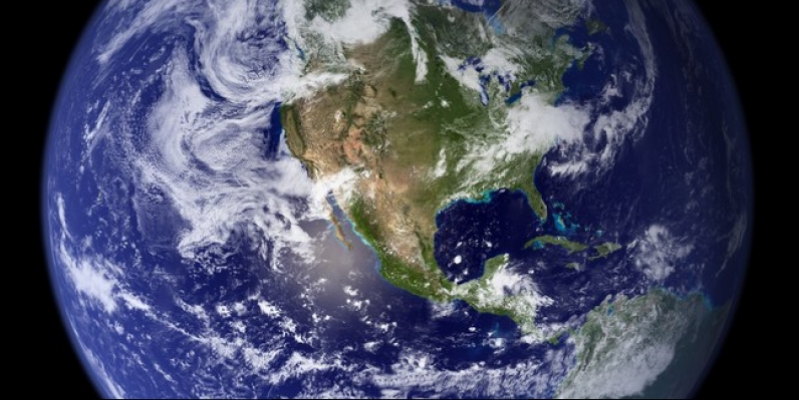Wildlife populations over the past four decades, has fallen by more than half, and the people in the world during that period nearly doubled, shows a study published on Tuesday, is based on over 3 000 vertebrate species analyzes.
Representative samples show that during the period from the 1970s to the 2010's land and marine species population decreased by 39 percent., And freshwater animals - 76 percent. Pointed green organization World Wildlife Fund (WWF) in its 2014 report "The Living Planet (2014 Living Planet Report).
Based on these figures, the researchers found that of mammals, birds, reptiles, amphibians and fish in the world, on average, less than half were 40 years ago, "says the document.
52 percent of the populations of the decrease. confirms that the human use of natural resources much faster than they are able to recover, WWF warned.
In a previous report, published in 2012, indicated that the wild animal population in 1970-2008 fell by an average of 28 percent., But the analysis was based on only 2 688 types of studies.
The new report summarizes the data on more than 10 thousand. the increase or decline of populations. This time the researchers collected data on 3,038 species - ranging elephants bushwhackers, ending sharks, turtles and albatrosses.
The researchers noted that people consume natural resources at a rate that their needs should be half of the planet Earth. Forests are being cut down faster than we can regenerate and mature, and fish caught in the ocean more than they are born.
"We use the gifts of nature, but we can use more than one of the Earth" - WWF Director General Marco Lambertini (Marco Lambertini) writes biannual report foreword.
"As we look out of our ecosystems and natural processes more than they can regenerate, endanger their own future," - he said.
During the studied period, agricultural productivity has increased due to improved methods of farming and irrigation, but the increase in the number of people in the world has decreased per capita "green space" - a biologically active surface area, providing a useful biological materials and absorbing wastes from human activity, such as carbon dioxide.
Humanity in 1970-2010 increased from approximately 3.7 billion. to almost 7 billion. people.
"So even though the biological capacity worldwide has increased now (for each person) it is running out," - said the WWF report.
The organization warned that "predicting that the world's population by 2050 will reach 9.6 billion., And by 2100's - 11 billion. Each of our biological capacity available for further reductions."
This study also highlights the use of natural resources and loss of biodiversity, the differences between countries and regions.
"Low-income countries leave the smallest footprint, but suffers from the largest ecosystem degradation," - says the document.
Wildlife is disappearing rapidly in the tropics: where the population fell by an average 56 per cent. Temperate regions, this figure was about 36 percent.
The greatest loss suffered by Latin America: its population fell by an average of 83 percent.



